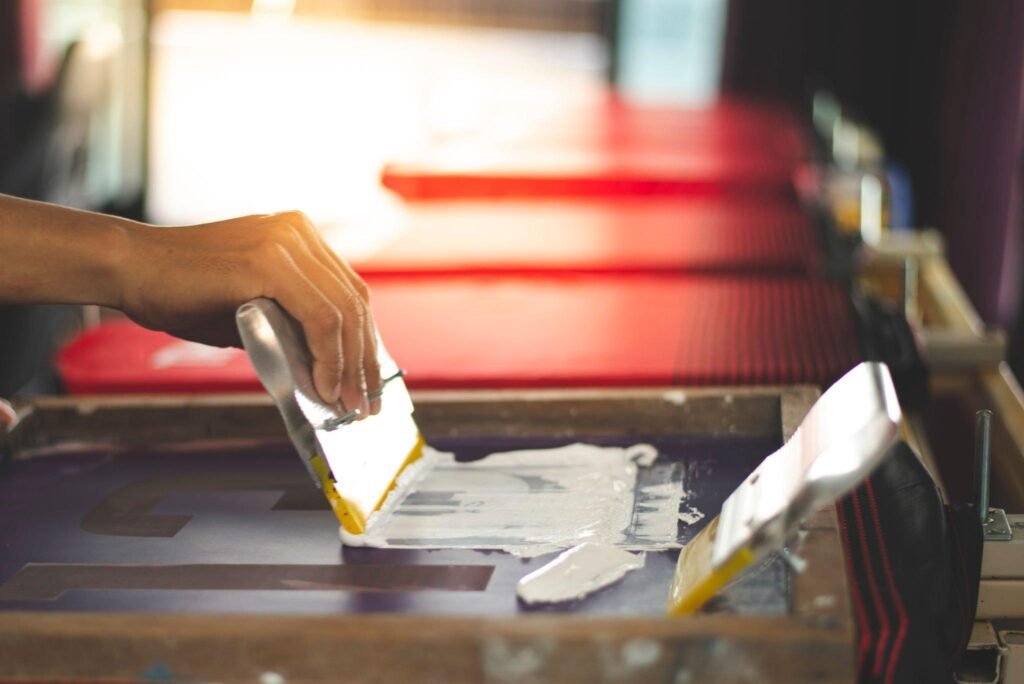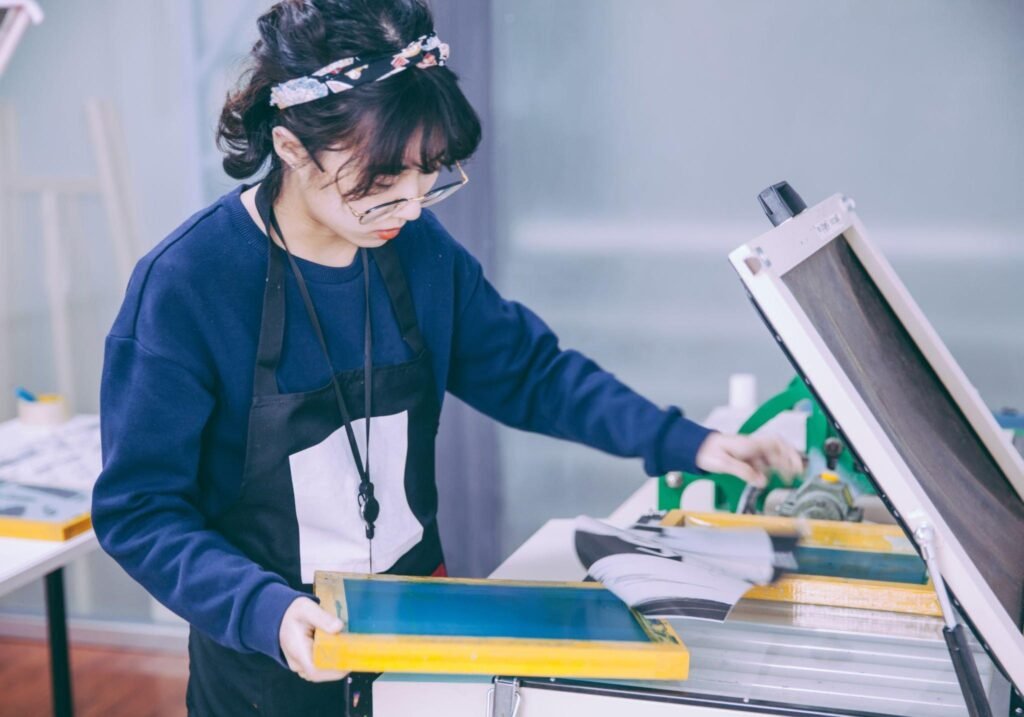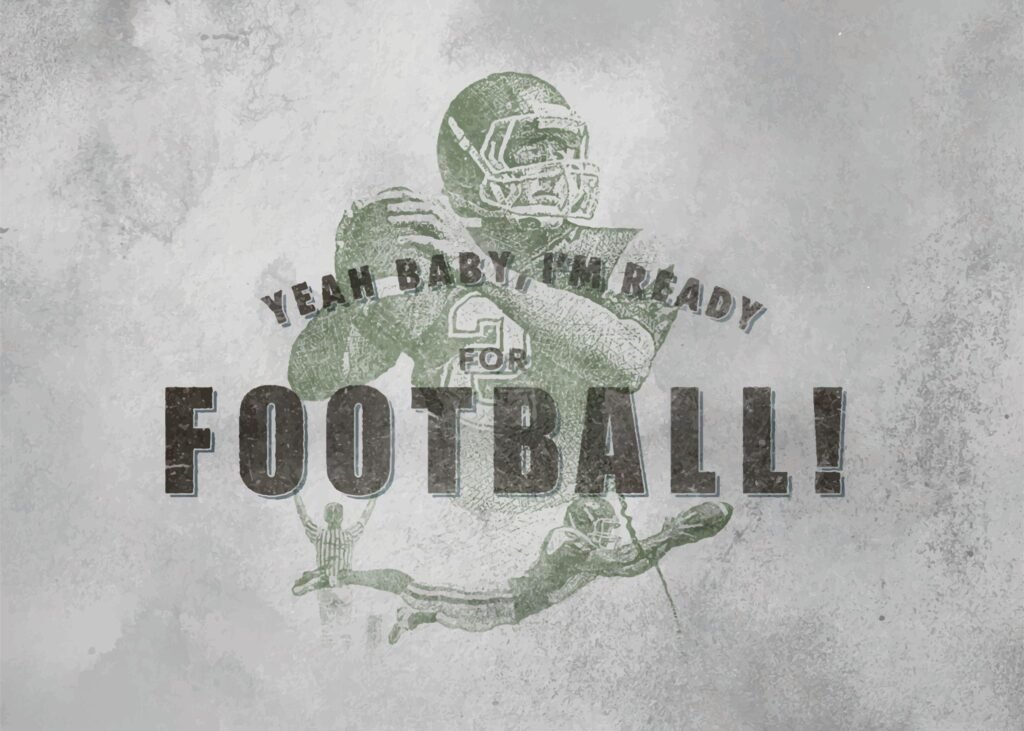What Is Camel Wool Fabric: Properties, How It’s Made, and Where It Comes From
Camel wool fabric, also known as camel hair, is one of the...
In the past two decades, DTG (direct-to-garment), commonly referred to as digital printing, has advanced significantly. It was formerly a newbie to the bespoke garment market but is now competitive with traditional printing on screen in terms of quality and cost.
Everyone is interested in learning how the two print methods—the DTG printer and screen printing—compare specifically and which is superior.
You can rely on either of these methods as a great and dependable alternative for designing clothing because we use both of them constantly. But like anything else, each of them has advantages and disadvantages.
What is a DTG printer? Do you need a DTG printer to begin with? Is it possible to make the printing DTG process simpler? What is the difference between DTG and screen printing? This article provides answers to these and many other queries.
The most well-known and often-used method of apparel decoration is screen printing (also known as silkscreen), a time-honored method that dates back thousands of years. The surface of the textile (fabric) is covered with layers of ink applied through several stencils (screens), which are then cured (heated) to solidify the ink.
The thick inks used in direct screen printing cause them to lay on top of the fabric rather than soak into it. The only technique for printing t-shirts before DTG printing was screen printing. Because the best screen printing service can sometimes be preferred to DTG printing, it is still employed today along with DTG printing.
What does direct-to-garment mean? DTG printing uses the “process” technique to create a variety of colors using only 4 or 6 colors (cyan, magenta, yellow, black, red, and green). A DTG machine is essentially a large-format inkjet printer, much like the one you might have in your home office, but it is specifically made for printing on T-shirts and other apparel.

When should I use DTG vs. screen printing? DTG printing is designed to be rapid, effective, and reliable. A DTG printer owner may easily print up to 60 t-shirts every day! Direct-to-garment printing requires high-quality fabric-friendly ink, the best fabric material, and the proper pre-treatment and heating equipment to provide high-quality results. Of course, you also need a good direct-garment printer.
However, none of the aforementioned are necessary to launch a DTG printing firm in today’s online-driven society. Without owning a single printer, it is significantly simpler to obtain DTG printing services for the print-on-demand business model.
Direct-to-garment and screen printing are frequently compared, yet both processes have unique advantages and disadvantages. In contrast to solid blocks of ink, which don’t produce the same intensity of color as screen printing, DTG printing prints colors utilizing CMYK-style dots of color instead of solid blocks of ink. A digital printer also cannot duplicate the texturized effects produced by screen printing.
DTG printing, on the other hand, does not call for the use of a stencil for design, so the end product can produce exact details similar to photography. Digital printing is a more economical choice for printing modest quantities of garments or single items because DTG requires a very minimal setup. Additionally, since a digitized picture is used in place of a stencil, it is excellent for creating photographic or extremely detailed designs.
Read more: Sublimation vs. Screen Print
The aggressive appearance of screen printing is due to the one-two punch of saturation and brightness. Screen printing is the method of choice when you want your design to stand out and truly pop off the garment. Although DTG print vs. screen print has advanced significantly, it still has a slightly less vibrant appearance.
Digital printing uses water-based inks, which, particularly on darker clothes, lack the opacity and brilliance of plastisol. When compared to screen printing, DTG machines can produce bright underpasses (plastic particle pre-treatment and titanium dioxide white ink); however, the final results are still missing.
DTG starts the second round strong with outstanding color blending. What does combining colors mean? It can mix fewer colors to produce a variety of hues and smooth gradients. And DTG printers were designed specifically to accomplish that.
Screen printers can use a process known as the “simulated process” to take spot colors and turn them into a spectrum. However, the setup required reduces its efficiency, particularly for smaller orders. Additionally, the outcomes can vary.
Is screen printing better than DTG? Digital printing is more dependable than screen printing when it comes to gradients or precise blends, such as those required for skin tones. Furthermore, with little to no setup,.
The ability of screen printing to precisely match colors is making a strong comeback.
Process inks, and specifically inkjet printing on various printed mediums, can be used for pantone matching. Many DTG-printed t-shirt manufacturers also assert that they can match Pantone colors, but only within the CMYK gamut.
Bright green and bright red slots have been introduced to more sophisticated DTG machines. Even so, it can’t compensate for screen printing’s capacity to produce a palette that encompasses every color in the universe.
While some colors cannot be printed with screen printing, overall, its gamut is much larger than DTG’s. This contest is over. Screen printing is used when you absolutely must match your brand’s colors exactly.
Screen printing vs. DTG: The dots in screen printing can be seen. The dots on DTG are so tiny that you cannot see them. Halftone dots are necessary for screen printing if the image is photographic or includes gradients. You may have seen them before.
Before being burned on screens, the majority of halftones for screen printing are generated from a raster image processor (RIP) program at anywhere between 30 and 65 lines per inch (LPI).
DTG also uses halftones; however, these digital printers have a maximum print resolution of 1,200 DPI and employ diffusion dithering. To be more precise, this halftone is frequency-modulated rather than amplitude-modulated.

Is DTG printing of good quality? Screen printing is more washable than DTG, but that doesn’t imply that DTG isn’t as durable. It may not have been properly prepared or cured if there is an issue and a DTG print is not as durable after washing. The machine’s quality, the inks it uses, and whether or not it has been correctly set and processed all affect how long a print lasts.
Avoid the use of hot water, abrasive detergents, and overly hot or prolonged drying times to ensure the long-term wash of a print. A DTG print should hold up nicely over several washes if all of these processes are followed.
Distressed-look: by decreasing the ink’s surface area and breaking it up so that it is more flexible, screen printing can also produce a softer hand. This saving grace only applies to certain orders, though, as the customer must decide whether to include this style and it won’t look good on all designs.
The majority of routine screen-printing projects will use a standard layer of ink, and on dark clothes, two layers of ink will be used (counting the necessary under-base). One of the reasons Plastisol is so durable is that it tends to feel heavy on the shirt.
DTG typically struggles with 50/50 blends and does not work well with polyester. Without proper treatment, it accomplishes absolutely nothing on clothes that wick away moisture, and even then, it is not advised.
The fabric’s color can also be an issue, primarily as a result of dye migration. When the dye from the clothing leaks into the ink, the print becomes distorted. Additionally, fluorescent hues should not be printed digitally.
Conversely, screen printing can be used on cotton, cotton blends, polyester, canvas, denim, performance fabrics, and materials that wick away moisture, like rayon. Of course, you can wear whatever color you like. Telling you which fabrics you cannot screen print on is simpler.
Only if the work is set up flawlessly and each item is printed precisely the same way will screen printing be consistent. a difficult task. There are numerous factors in the screen-printing process.
In terms of consistency, DTG is unbeatable. There are essentially no variables to worry about because a machine processes a digital file and prints it directly onto the shirt, possibly except where the item is placed on the plate. The middle name of DTG means consistency.
Each of these factors can influence a print individually, but when they are combined, there is likely to be some fluctuation, especially when printing halftones. The final print in the run will have a slightly different appearance than the first print. With screens, that’s just how things are.
The popularity might no longer matter as DTG technology grows more developed and pervasive, to the point where most people can’t discern the differences between DTG printing and screen printing. Screen printing is still a fan favorite up to this point.

Digital printing is produced using a computer and printing equipment. Digital or manual screen printing are both possible. DTG printing is preferable to screen printing if your design has a lot of colors. Although DTG printing is the best and doesn’t waste time, screen printing also offers multiple colors. Is direct-to-garment printing of good quality? If we compare the quality of screen printing to that of DTG, it is extremely good.
For screen printing, all suppliers offer polyester or water-based inks. Unless you use a very fine mesh count, such as 90–120T, with the Plastisol to minimize the density of print on the surface of the shirt, they have a significantly distinct “feel.”
In contrast, water-based inks adhere to garment screen printing and maintain a softer finish, much like sublimation printing. Because water-based inks tend to clog the mesh, you should use a lower mesh count, such as 50–62T.
A fantastic method for producing long-lasting prints on clothing is direct-to-garment printing (DTG). You may have heard that the industry norm for printed apparel is 50 washes or that DTG printing only holds up for about 50 washes. This is untrue.
The longevity of a print is more influenced by several other elements, including how frequently the clothing is worn, the temperature the garment is washed in, the type of detergent used, and more. In reality, there is no magic number of washes that will cause the printing to fade or wear out. The lifespan of a DTG print is usually equal to that of the clothing manufacturer’s item itself.
With DTG, you get a retail-quality result that will be just as nice and durable as the clothing you would purchase in your favorite big-box stores. Many retailers use direct-to-garment printing for their items.
The direct-to-garment printing ensures that all of your bespoke t-shirt manufacturing is of the highest quality and maintains its excellent looks even after being washed and worn numerous times.
DTG print costs are high. The cost of the ink is high. The equipment itself is pricey. R&D and maintenance are costly.
Specialized printers called “direct-to-garment” (DTG) printers are designed to print on textiles like t-shirts and caps. Because DTG printers print directly onto fabric instead of a paper substrate, they differ from conventional inkjet printers. As a result, the increased need for specialized parts and machinery makes the production process for DTG printers more costly and complex.
A DTG-printed shirt will have some shine when you first receive it because of the pre-treat. The print will look more natural and the “waxy” appearance will vanish after the first wash when the pre-treat is removed. If done correctly, DTG ought to withstand just as much as a screen print.
Because of the pre-treatment procedure, the majority of DTG clothing will initially have a “shine” to the image. After the first wash, that shine will go away and won’t change how your shirt looks in any way.

Is DTG printing durable? Screen printing is perfect for items like sports or business uniforms because it lasts anywhere from 25 to 50% longer, but if you want to sell personalized t-shirt design ideas or other custom products, DTG prints are the way to go.
It’s good to know that printed clothes can withstand 50 washes before losing their print. However, most people concur that DTG prints will endure longer than that. A different perspective is that direct-to-garment printing typically lasts the entire life of the garment and deteriorates with it.
You should only press for 5 seconds at a time. A prolonged push will burn the transfer.
With more knowledge about the difference between screen printing and DTG printing in terms of durability, cost-effectiveness, quality, quantity, and the finished product, you can choose which technique is best for your company and print personalized clothes such as printed leggings and t-shirts that will effectively represent your client’s brand.